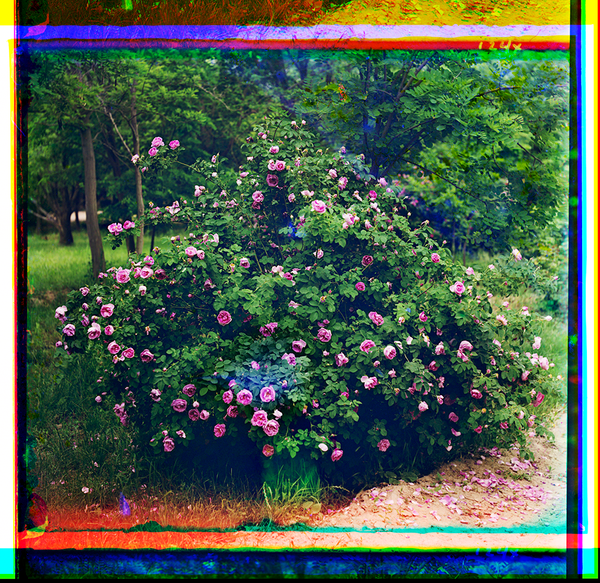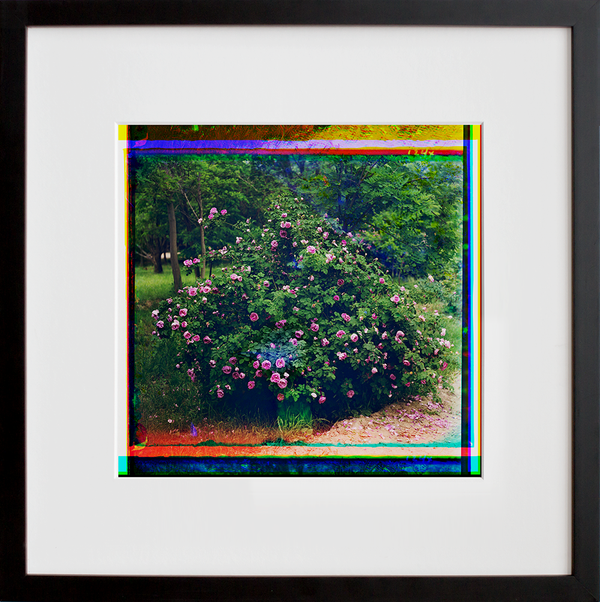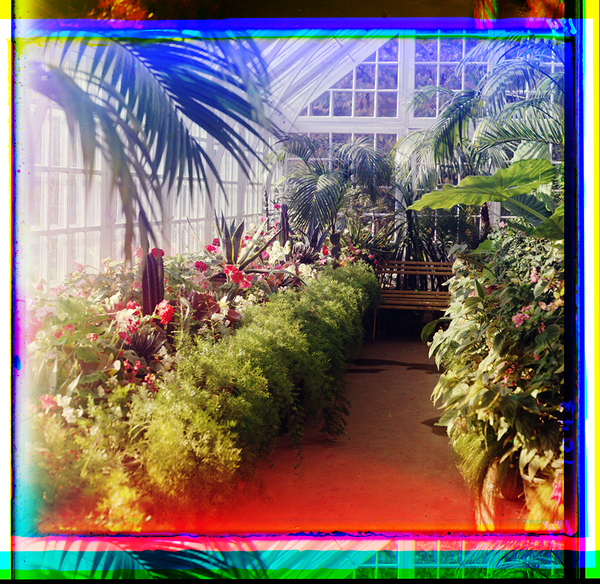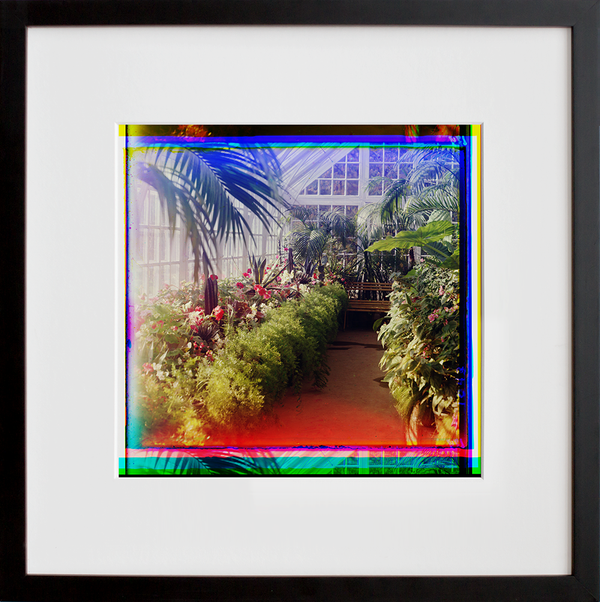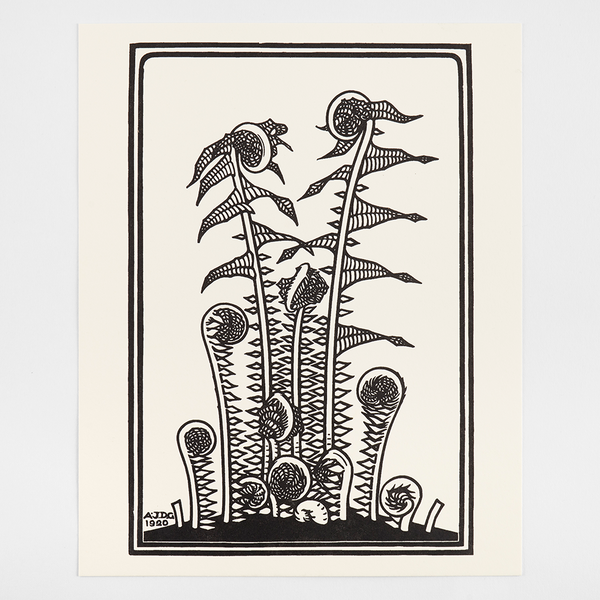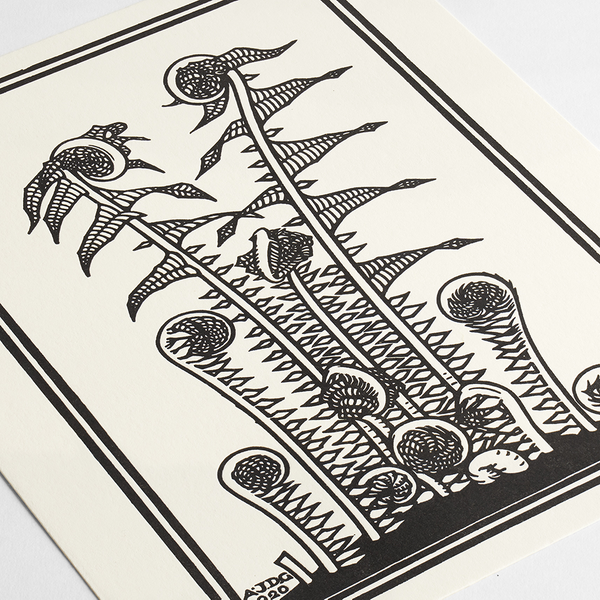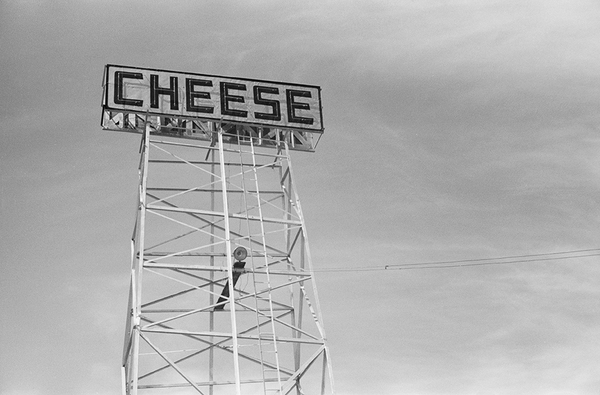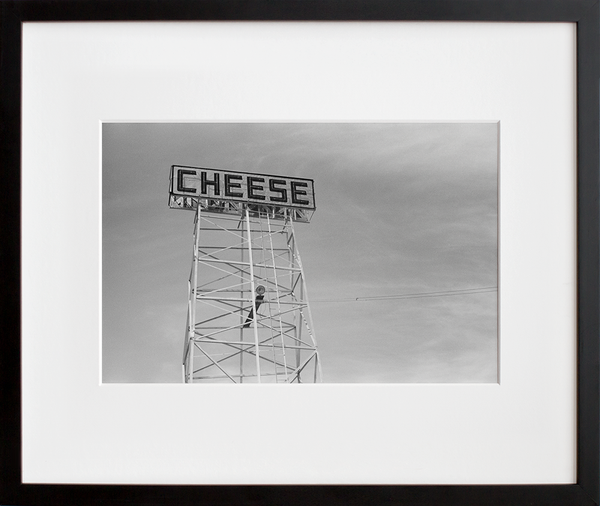
Over the past year, we’ve had the chance to hear from a number of artists about how they navigated the pandemic as creative professionals. The takeaway? There is some majorly inspiring "make it work" energy in this bunch, and the nimbleness with which many of them carved out and adapted to at-home work spaces is just one example. Los Angeles-based artist Sally Deng, who debuted on 20x200 just last month (check out her surfer-centric edition!), has been working from home since the city went on lockdown in March 2020. Before that, she shared a sizable studio with a friend. Though the corner she’s carved out in her living room is much smaller than what she’s used to, she makes do, keeping all her tools carefully organized and focusing on projects (like her editorial work) of a smaller scale.
Check out Deng’s In the Studio for pics of her at-home art-making space, as well as the two previous spots she worked out of. Admire her neatly arranged paint brushes and essential desk snacks. Peek at some of her canvases. Then read her interview! In it, she owns up to the highly relatable activity that starts her work day, explains how she’s learned to avoid burnout and ensure her hours stay sustainable, praises the procrastination power nap, and describes the important role her personal art plays in her overall practice. You’ll learn more about the two beautiful children’s books she’s illustrated—Skyward and Yusra Swims. She also authored Skyward, and the story behind that book is super fascinating. Read on for more! — Team 20x200
Collect art by Sally Deng
Studio Speak
Where's your studio?
I am based in Los Angeles and I currently have a work station set up in a corner of my living room. I used to share a separate studio space with a friend but I’ve been working from home ever since COVID.
How has your work space set-up changed since the COVID crisis, and what effect is your new arrangement having on your artmaking?
My current work space is much smaller than my previous one. For editorial pieces, that isn’t really a problem because I mostly create illustrations in manageable sizes. But I’ve had to hold off on creating larger scale works, which is a bummer because I prefer drawing and painting big.
What's your favorite tool in the studio?
I don’t really have a favorite tool but if I had to choose, it’d be between my paintbrush or color pencil. I feel the most at ease and the most confident when I’m putting pencil (or brush) to paper.
What do you wear when working in the studio?
My current outfit consists of a t-shirt and sweats. All paint-stained. If I were still working from my old studio, it’d be a t-shirt and jeans. Also all paint-stained.

What's on your in-studio playlist?
My music playlist is all over the place—some days I’d listen to 80’s rock and on others I’d only listen to podcasts. Then there are other days I’d need my fix of Korean and Japanese pop. It’s also very common for me to work with nothing playing in the background, especially on days when I’m struggling with a concept.
What's the first thing you do when you arrive?
I procrastinate on my computer.

What's your work style? Late nights? Intense creative bursts? Slow and steady wins the race?
I have a daily work schedule but I keep it flexible. If deadlines pile up, I’ll usually work later but I am definitely not a night owl. I try to follow a rule of no working past 10pm—after almost burning out, I’ve learned to prioritize health the hard way.

You've illustrated two children's books, one of which you also authored. What's it like working on those projects as opposed to your artwork? Did you dream up the concept for your book Skyward as part of your studio practice, or how did that idea evolve?
Skyward started out from me procrastinating on Pinterest in my college days, haha. I was scrolling through vintage photos when I stumbled upon an image of Hazel Ying Lee, a female WWII pilot. I was immediately intrigued because I wasn’t aware that women were allowed to fly planes back then, much less one of Asian descent. I quickly went down the rabbit hole of reading up about these pilots and even did a series of paintings about them. When presented with the opportunity to create a children’s book, I pitched the idea about female WWII pilots to my publisher. Luckily they were onboard with it and encouraged me to immediately start an outline. The most obvious difference between illustrating for editorials vs. children’s books is time. When working on books, I have a lot more time to think about how to tell a story visually. I am also thinking about how each artwork flows into the next page as opposed to just one or two illustrations on a magazine spread assignment.
What's your favorite way to procrastinate in the studio?
At the moment? It’s very easy to take a nice, comfy nap …
Whens, Hows & Whys
When did you first realize you wanted to become an artist and how’d you get there?
I’ve always loved to draw and create. I never seriously considered art as a career until high school teachers told me it was a possibility. I was still kind of waving it off as an impractical path until my counselor encouraged me to apply to Art Center College of Design. To my surprise, I was accepted and the rest is history.

How do you get over creative blocks?
I try to follow what I enjoy and what interests me. Reading about history, going for a run, hanging out with friends. Just living a life. And then at the end of it, I draw. I sit down and put pencil to paper with no expectations. I don’t need it to be good or bad. It may sound obvious but drawing for the sake of drawing is so important. My personal art is where I grow the most as an artist because I have the freedom to experiment and explore. It also ultimately influences the illustrations I create for children’s books and editorial publications.

What do you like best about 20x200?
I like that 20x200 makes owning high quality art, from both established and new artists, super accessible. Most of all, I really appreciate how easy it’s been to work with the 20x200 team. You can tell that they really do respect and support the artists.
Which artists' 20x200 collections do you most covet (and why)?
Esther Pearl Watson, Martha Rich, and Ariel Lee. These were all illustrators that I looked up to as a student and it’s crazy to have my name on the same list as them.
Why do you think it's important to have a dedicated work space for your art? What advice would you give to artists looking to build a creative work space?
Personally, it’s important for me to not look at my art and to be physically removed from it so that I return with a fresh perspective of it. (Admittedly, not an easy task with my current set-up.)
The 411 on Sally Deng
Sally Deng creates art for magazines, newspapers, books, and more in her Los Angeles studio. She was selected by Forbes 30 Under 30 for the 2020 Art & Style list and was named a Young Guns 16 winner by The One Club of Creativity. Her art has been recognized by American Illustration, 3x3, Society of Illustrators and the ADC. She also exhibits in galleries across the U.S.




